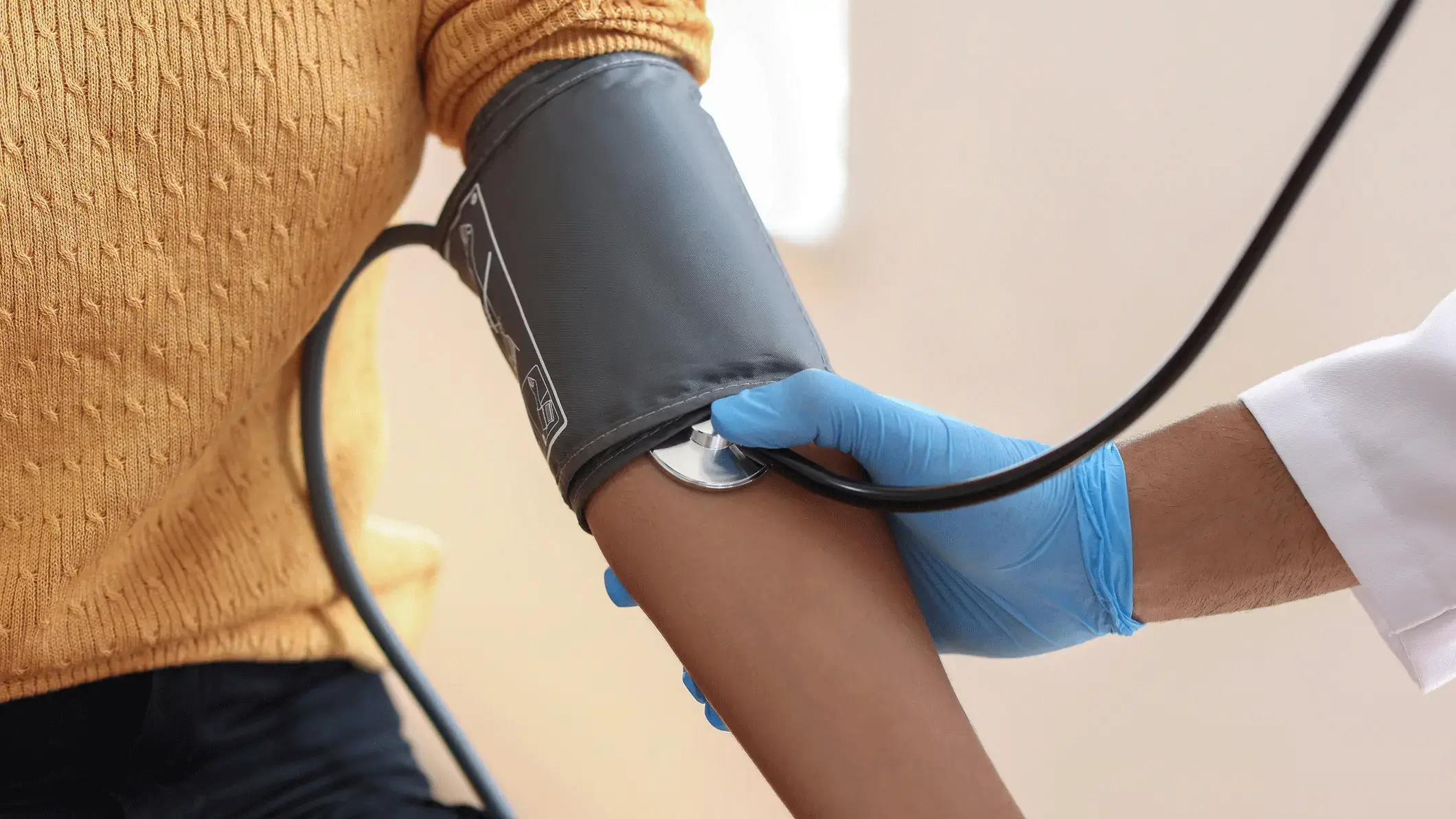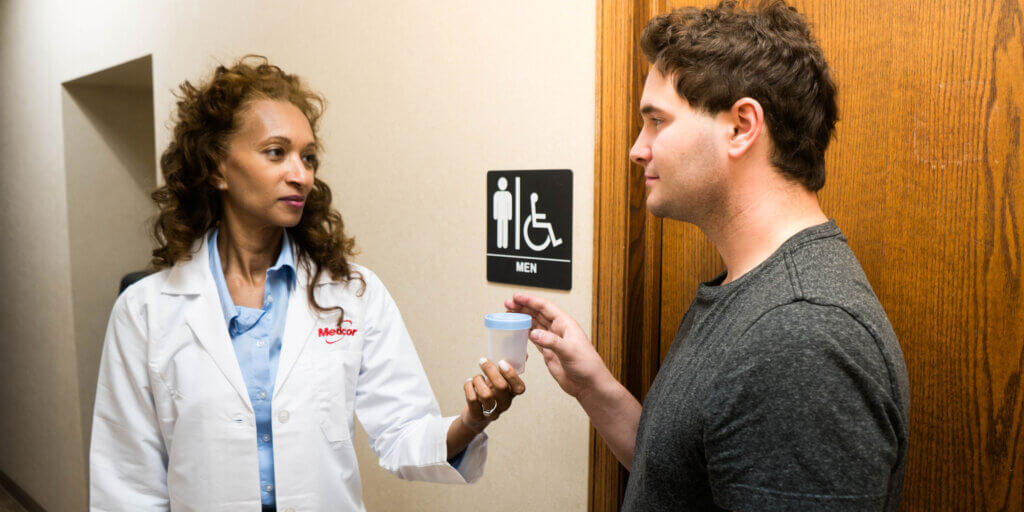An Employer’s Guide to Medical Surveillance

Protecting employee health is a core part of maintaining a safe, compliant and productive workplace. A well-designed medical surveillance program helps employers detect early signs of work-related illnesses and injuries—before they become serious problems.
This guide outlines what medical surveillance is, how it differs from screening, which industries are most affected by OSHA regulations, and how implementing an effective program can improve worker safety and organizational performance.
What Is Medical Surveillance?
Medical surveillance is the ongoing monitoring of employee health to detect early signs of exposure to workplace hazards. These programs allow employers to proactively identify risks, address them before they escalate, and create safer working environments for their teams.
Beyond compliance, medical surveillance helps prevent long-term health issues, reduces workers’ compensation claims, and demonstrates an employer’s commitment to protecting their workforce.
Medical Surveillance vs. Medical Screening
Although often used interchangeably, medical surveillance and medical screening serve different purposes:
- Medical screening focuses on diagnosing and treating individuals—often in response to specific health concerns or job requirements.
- Medical surveillance is continuous and proactive. It monitors health trends over time to detect patterns related to occupational exposure, such as chemical or noise-related hazards.
In short, screening addresses individual health, while surveillance protects the workforce as a whole.
OSHA Regulations for Medical Surveillance
The Occupational Safety and Health Administration (OSHA) requires medical surveillance programs for workers exposed to certain hazardous substances or environments. These programs ensure that employers monitor employee health and mitigate long-term exposure risks.
Common OSHA-regulated areas that require surveillance include:
- Hazardous Waste Operations and Emergency Response
- Asbestos Exposure
- Respiratory Protection
- Lead Exposure
- Beryllium
- Bloodborne Pathogens
These standards help employers stay compliant while protecting workers from chronic or acute occupational illnesses.
How Data Collection Strengthens Medical Surveillance
Effective medical surveillance depends on accurate, consistent data. Employers collect and analyze data through exposure monitoring, lab tests, and medical records to detect patterns or health trends across teams or facilities.
Examples include:
- Tracking respiratory symptoms among workers exposed to dust or fumes
- Identifying increases in hearing loss in high-noise environments
- Detecting changes in blood chemistry that signal chemical exposure
By reviewing this data regularly, employers can take proactive steps to address risks before they cause widespread harm—reducing liability and improving safety outcomes.
Industries Where Medical Surveillance Is Essential
Medical surveillance is critical in industries where workers face potential exposure to hazardous substances or environments. OSHA mandates or recommends these programs in high-risk sectors such as:
- Construction
- Manufacturing
- Engineering
- Laboratories
- Healthcare
- Mining
- Hazardous Waste Treatment and Disposal
- Excavation and Trenching
Example:
In healthcare, medical surveillance plays a vital role in protecting workers exposed to infectious diseases. Regular screenings for bloodborne pathogens, along with vaccination programs and training on personal protective equipment, help prevent needlestick injuries and infections such as hepatitis or HIV.
Implementing a Medical Surveillance Program
To launch a successful medical surveillance program:
- Identify workplace hazards and assess exposure risks.
- Consult OSHA standards and determine which employees need monitoring.
- Establish clear processes for regular health exams, data tracking, and employee communication.
- Engage occupational health professionals to oversee compliance and medical record management.
Ongoing communication and employee education are key to encouraging participation and maintaining long-term success.
Benefits and Challenges of Medical Surveillance
Benefits:
- Early detection and prevention of occupational illness or injury
- Reduced healthcare and workers’ compensation costs
- Improved compliance and audit readiness
- Higher employee morale and trust
Challenges:
- Encouraging participation and transparency among employees
- Managing the financial costs of continuous monitoring
While implementing a medical surveillance program requires commitment and resources, the payoff is a safer, more resilient workforce.
The Role of Technology in Modern Surveillance
Advances in digital health monitoring and wearable technology are transforming medical surveillance. Real-time tracking, cloud-based analytics, and automated alerts now allow employers to identify and address risks faster than ever before.
These innovations improve compliance, streamline data management, and make it easier to spot patterns across large or dispersed teams—enhancing both safety and efficiency.
Learn about Medcor’s Technology.
Partner with Occupational Health Professionals
Qualified occupational health professionals are critical to designing and maintaining a compliant, effective surveillance program.
Medcor’s Occupational Health Services help employers meet OSHA and NIOSH standards, identify workplace risks, and implement preventive measures that protect employees and reduce costs.
Speak with a Medcor advocate to learn how our medical surveillance solutions can help safeguard your workforce and strengthen your compliance strategy.



